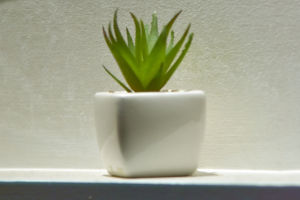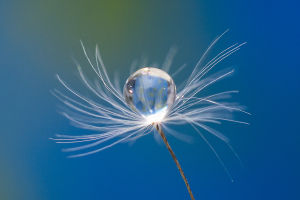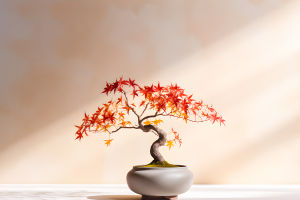Floral Fascination Uncovered
The tulip, one of the most popular flowers in the world, has won the love of countless people with its colorful petals and elegant posture.
It is not just a flower; it embodies rich historical, cultural, and scientific value.
The origin of the tulip can be traced back to the high mountains of Central Asia. Around the 16th century, tulips were introduced to Europe and quickly took root in the Netherlands, becoming a symbol of the country.
The name "tulip" comes from the Turkish word "turban," as the shape of tulips resembles the turbans worn by Turks. After being introduced to Europe, tulips swiftly became the darling of the upper class and were regarded as a symbol of wealth and fashion.
Tulip Mania is a famous phenomenon in the history of tulips. In the early 17th century, the price of tulips in the Netherlands reached a crazy level. People paid sky-high prices for a tulip bulb and even exchanged real estate.
This craze eventually burst in 1637, and the price of tulips plummeted, causing many people to go bankrupt. Tulip Mania is the world's first recorded speculative bubble, providing a valuable case for later economists to study bubble economies.
Tulips have a profound impact on culture. In addition to being a symbol of the Netherlands, tulips also appear in many works of art. Painters of the Dutch Golden Age often depicted tulips in their still-life paintings, which are still admired today.
In literature, tulips are often used as symbols of love, life, and revival. The novel "The Black Tulip" by French writer Alexandre Dumas is based on tulips and tells a story full of adventure and love.
Planting tulips requires certain skills and patience. Tulips prefer cool climates and are suitable for planting in well-drained soil. Generally, tulip bulbs are planted in autumn, lie dormant in winter, and bloom in spring.
During the planting process, care should be taken to prevent bulb rot and pest infestations. Proper fertilization and watering are also crucial for ensuring the healthy growth of tulips. For gardening enthusiasts who wish to grow tulips in their gardens, understanding these basic planting tips is essential.
Tulips not only have an important position in ornamental and cultural terms but also possess significant economic value. The Netherlands is the world's largest producer of tulips, exporting millions of tulips worldwide every year.
The planting and sale of tulips have brought considerable economic benefits to the Netherlands, while also promoting the development of tourism. Every spring, the Keukenhof Gardens in the Netherlands attract millions of visitors to admire the blooming tulips, driving local economic prosperity.
In addition to the traditional flower market, tulips also play an important role in modern scientific research. Scientists have revealed the complex mechanisms of plant development and flowering through the study of tulip genes.
These studies not only help improve tulip cultivation techniques but also provide references for the study of other plants.
Additionally, tulips are used in drug development, and some chemical components in their bulbs have been found to have antibacterial and antiviral effects, demonstrating the potential of tulips in medicine.
As a beautiful and meaningful flower, the charm of tulips lies not only in their gorgeous appearance but also in their rich history, profound cultural heritage, and extensive economic value.
Whether as a stunning landscape in the garden or as an object of scientific research, tulips uniquely affect our lives. Hope that through this article, readers can more comprehensively understand and appreciate the multiple charms of tulips.


